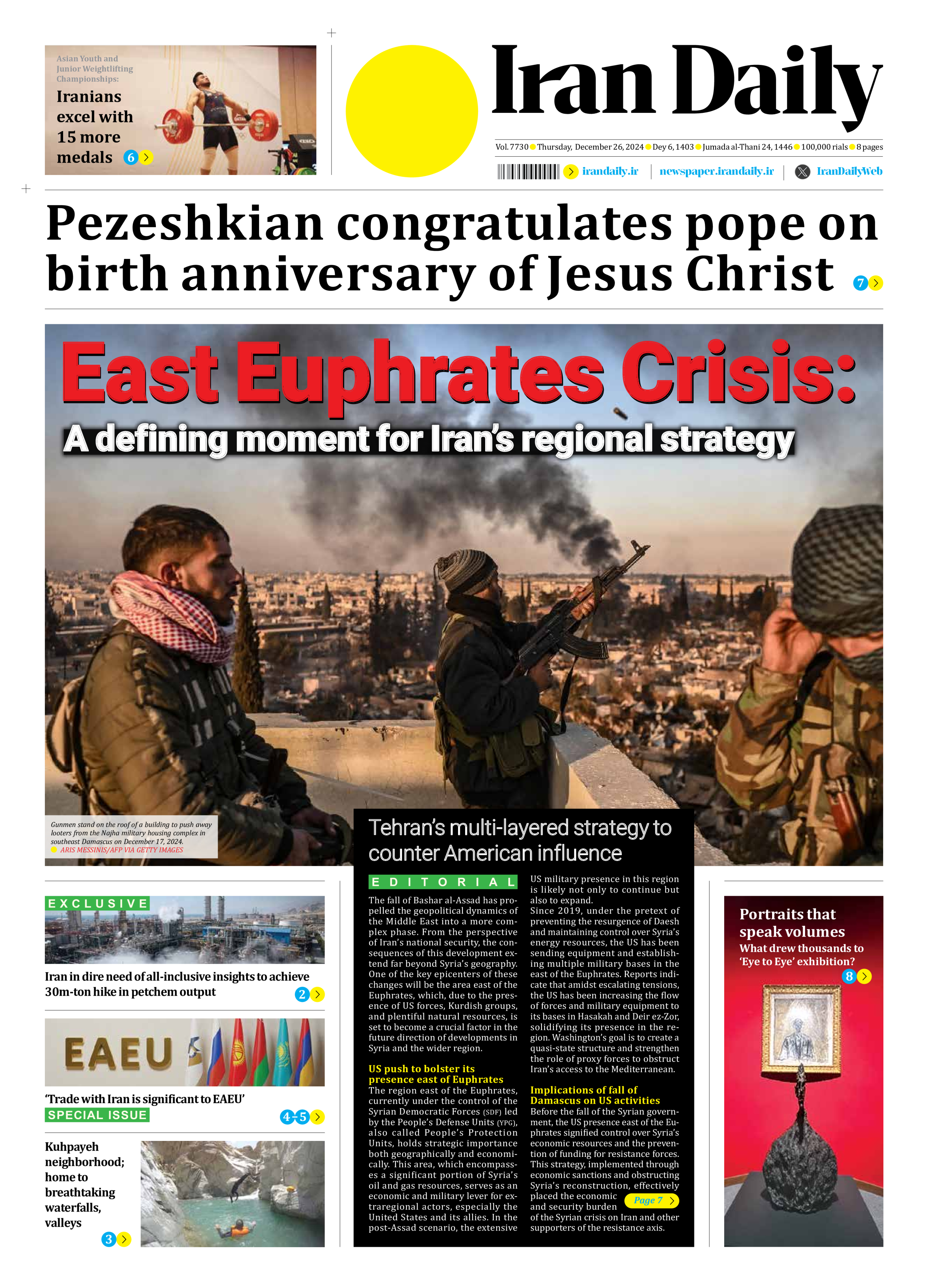
Tehran’s multi-layered strategy to counter American influence
The fall of Bashar al-Assad has propelled the geopolitical dynamics of the Middle East into a more complex phase. From the perspective of Iran’s national security, the consequences of this development extend far beyond Syria’s geography. One of the key epicenters of these changes will be the area east of the Euphrates, which, due to the presence of US forces, Kurdish groups, and plentiful natural resources, is set to become a crucial factor in the future direction of developments in Syria and the wider region.
US push to bolster its presence east of Euphrates
The region east of the Euphrates, currently under the control of the Syrian Democratic Forces (SDF) led by the People’s Defense Units (YPG), also called People’s Protection Units, holds strategic importance both geographically and economically. This area, which encompasses a significant portion of Syria’s oil and gas resources, serves as an economic and military lever for extraregional actors, especially the United States and its allies. In the post-Assad scenario, the extensive US military presence in this region is likely not only to continue but also to expand.
Since 2019, under the pretext of preventing the resurgence of Daesh and maintaining control over Syria’s energy resources, the US has been sending equipment and establishing multiple military bases in the east of the Euphrates. Reports indicate that amidst escalating tensions, the US has been increasing the flow of forces and military equipment to its bases in Hasakah and Deir ez-Zor, solidifying its presence in the region. Washington’s goal is to create a quasi-state structure and strengthen the role of proxy forces to obstruct Iran’s access to the Mediterranean.
Implications of fall of Damascus on US activities
Before the fall of the Syrian government, the US presence east of the Euphrates signified control over Syria’s economic resources and the prevention of funding for resistance forces. This strategy, implemented through economic sanctions and obstructing Syria’s reconstruction, effectively placed the economic and security burden of the Syrian crisis on Iran and other supporters of the resistance axis.
Page 7







